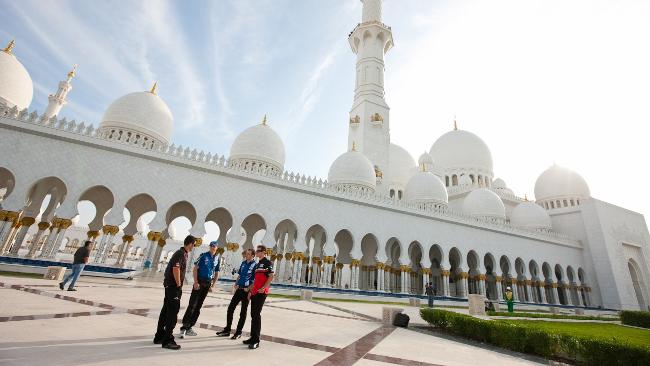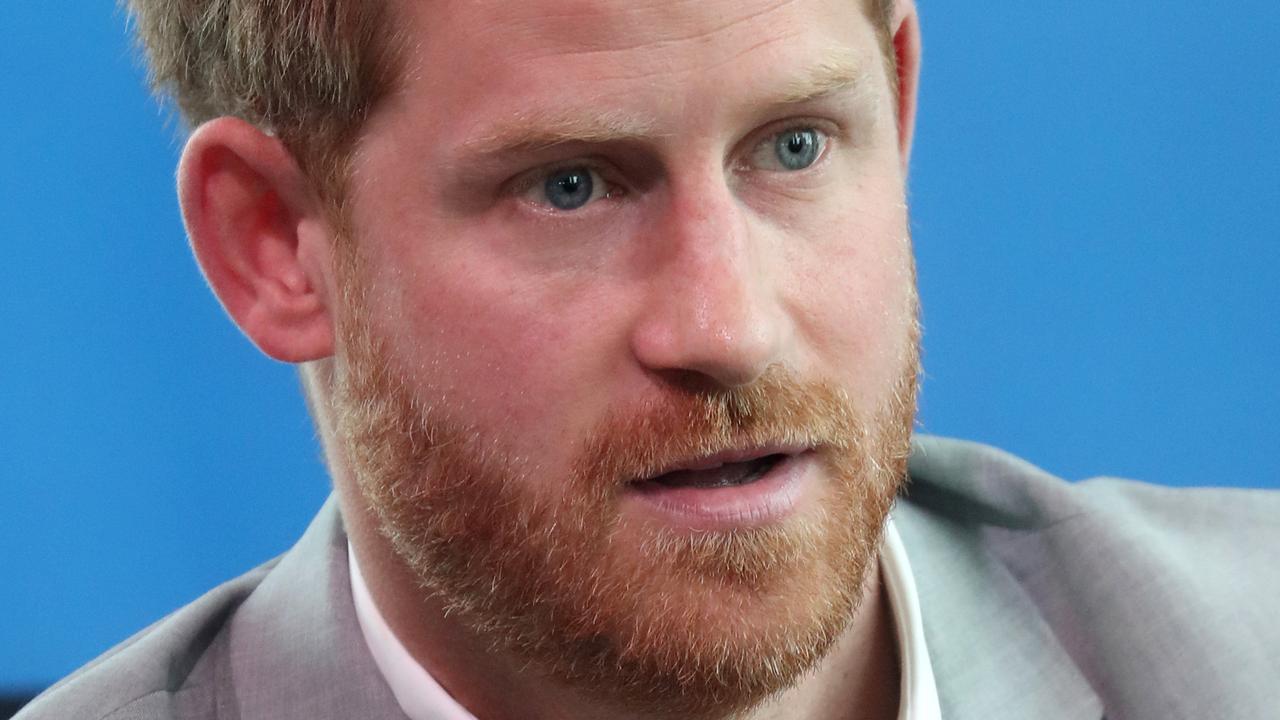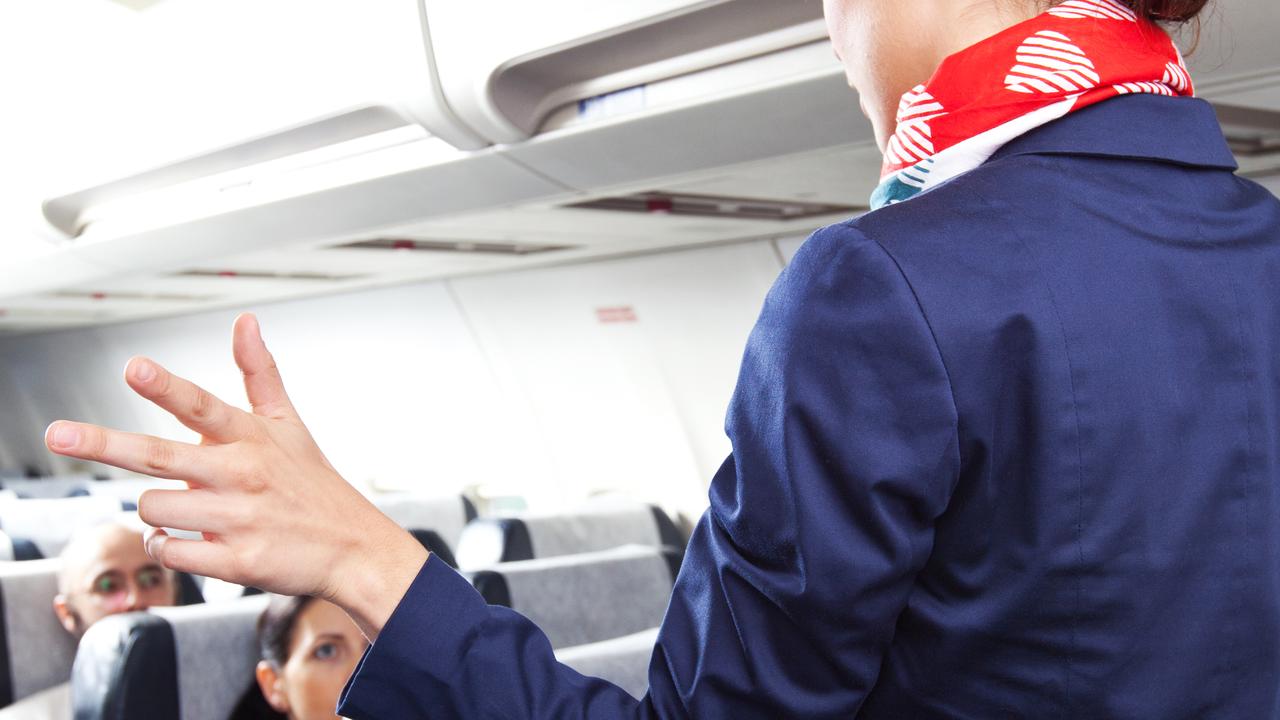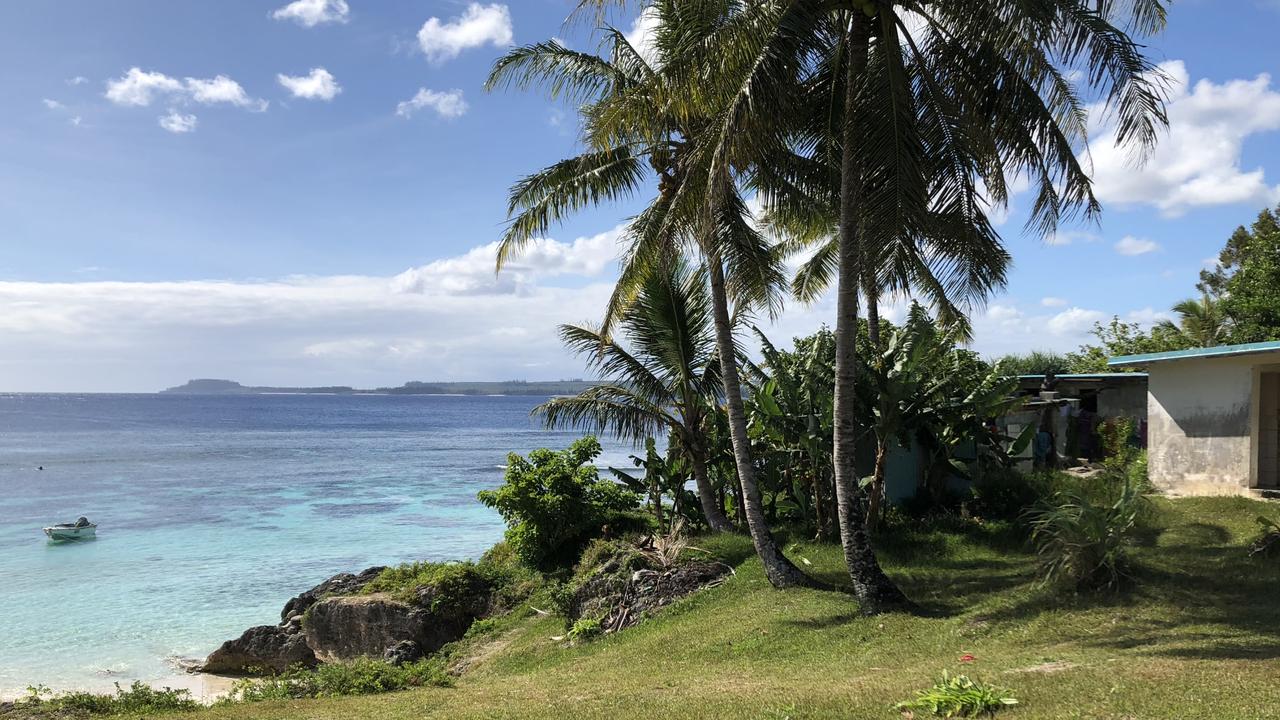Abu Dhabi shines in glitz and glamour
MUSIC royalty Janet Jackson is sitting about three metres away.

MUSIC royalty Janet Jackson is sitting about three metres away.
Academy award winner Marisa Tomei is at the same table, chatting with Wild Things star Neve Campbell.
They break from their conversation only when another Academy Award winner, Jeremy Irons, walks over to say hello.
The band for tonight is the Gypsy Kings. Last night, it was Beyonce. Tomorrow it is Kings of Leon and on Sunday night, Steve Tyler will strut on stage with rock legends Aerosmith.
Welcome to Abu Dhabi and welcome to the wonderful world of Formula One motor racing.
In 2009, Abu Dhabi joined the Grand Prix circus when the chequered flag first fell at the amazing Yas Marina Circuit, venue for today’s V8 Championship series race.
F1 guru Bernie Ecclestone called the construction of the track a ‘‘miracle come true’’.
The 5.554km circuit runs through the middle of a hotel and, at grand prix time, the marina was filled with a plethora of mega-expensive mega yachts.
‘‘I am overwhelmed and I think everybody felt the same when they saw this,’’ Ecclestone said as the world’s motoring eyes watched to see if Abu Dhabi could pull the feat of building a grand prix track in a very short time before the November race.
High-end culture and adrenalin
The thing is miracles, at least construction miracles, do happen in this Middle Eastern emirate almost every other day.
For a long time Abu Dhabi was the conservative cousin of Dubai. While Dubai was all glitz and glamour, Abu Dhabi was all business. Oil and gas business, that is.
Abu Dhabi has 9 per cent of the world’s oil reserves and 4 per cent of the world’s gas reserves. In simple terms, that makes it rich, filthy rich.
It seems, however, that they are spending this money wisely and building what they hope will be a sustainable tourism industry, underpinned by the creation of a global cultural centre on Saadiyat Island.
At the forefront of the plan are the Sheikh Zayed National Museum and the development of a world-class Guggenheim Abu Dhabi Museum, the Louvre Abu Dhabi, a performing arts centre and maritime museum.
This mix of high-end culture with high-end adrenalin is causing the world to sit up and take notice.
Two prominent travel guides (Frommer’s and Lonely Planet) have included Abu Dhabi in their Top 10 lists of places to visit in 2010.
The US’s best-selling travel guide Frommer’s says that Abu Dhabi is an emerging hot spot that should be visited before the place is over-run by tourist crowds.
To comprehend the amazing speed at which this emirate is changing, it is important to first look at Abu Dhabi’s past.
Abu Dhabi is one of the seven emirates that make up the United Arab Emirates.
Nomadic herders roamed parts of the emirate as far back as the third millennium BC.
Until the middle of the last century, Abu Dhabi relied on camel herding, date cultivation and pearl diving to fuel its economy. When the world’s pearl market collapsed in the 1950s, Abu Dhabi was basically broke.
In 1958, oil was first discovered. When Sheikh Zayed became ruler in 1966, he started to use the proceeds from oil investments to build Abu Dhabi into what it is today, the richest city in the world.
The UAE gained independence from Britain in 1971 – after almost 100 years – and slowly, but surely, the mud-brick huts have been replaced by palaces, just like the stunning Emirates Palace.
Nothing can change its natural harsh beauty
The city itself lies on a T-shaped island that reaches out into the Gulf of Persia, which is also the emirate’s northern border.
Travel to the east and you will find Oman, go to the south and you will enter the Kingdom of Saudi Arabia.
While the development has changed the physical appearance of the emirate, nothing can change its natural harsh beauty.
It is a desert and, as such, it is blistering hot in summer and almost idyllic in the winter months.
Despite the obvious emphasis of what is new in Abu Dhabi, it is still possible to step back in time and soak yourself in some of the region’s history and religion.
Visit the Arabian Saluki Centre to discover the desert hounds that the Bedouins used as hunting animals. As a rule, Emiratis don’t like dogs. The saluki is the exception.
These slim, greyhound-like dogs are prized for their endurance, intelligence and loyalty. They were often used in tandem with falcons to hunt food. Which probably explains why the Saluki Centre is next door to another of Abu Dhabi’s major tourist attractions, the Abu Dhabi Falcon Hospital.
The falcon hospital was opened in 1999, but only became a tourist
attraction in 2007. There is a museum which helps visitors understand the history of how falcons were used in hunting. But the fun begins when visitors get a chance to handle these powerful birds of prey.
The first thing you need is a sturdy glove. Then, you need the confidence to let the bird fly to you and sit on your hand. When they are coming to you, the tendency is to pull away. Not a good thing to do.
Once they land on your hand you feed the bird a piece of raw meat and off it goes to the next hand.
Water converts desert into a paradise
Our next stop is the Sheikh Zayed Bin Sultan Al Nahyan Mosque or, as it is known locally, the Grand Mosque.
Materials from every corner of the globe were used to construct this imposing building, which carries the name of the man widely regarded as the father of the UAE.
The original design was Moroccan, but you will see touches of many other ethnic influences.
Marble keeps it cool in the desert heat. The gold and precious stones make it that little bit more impressive.
There are 80 domes, the main one measures 32.7m wide and 70m high from inside and 85m from the outside.
In the main prayer hall there are 96 columns embedded with more than 20,000 handmade marble panels encrusted with lapis lazuli, red agate, amethyst, abalone shell and mother of pearl. The seven chandeliers were imported from Germany; the biggest weighs about nine tonnes.
Guests are welcome, but you must respect the local culture and dress appropriately.
Women are required to wear black abayas over their clothing.
Abu Dhabi’s second city, Al Ain, is considered an oasis. With the help of a guide you can gain entry to the oases.
These are the city’s allotments, where fruits and vegetables are grown beneath palm trees. Water travels along channels to nourish the plants.
The Al Ain oasis is the largest and when you travel inside you can’t help but be amazed at the power of water to convert desert into a paradise.
Back at the track on race day there’s even more celebrities than at the F1 ball.
Janet, Jeremy, Neve and Marisa have been joined by Richard Branson, Jackie Stewart, Andrew Flintoff, Kimberley Stewart and a host of others.
The Mumm champagne flows freely and a lot of people have made the relatively short six-hour flight from Europe to be there. Etihad, the nation’s airline, flies directly to at least 13 European destinations which make getting here easy.
The top-of-the-range ticket I had allowed me to wander around trackside about an hour before the start of the race.
I use my best Australian accent to get behind the ropes to have a photo taken with Mark Webber’s Red Bull car.
The race starts and the noise is so confronting that even with earplugs in, I cover my ears. Each lap as the cars scream past it is the same.
By the time the noise stops and Sebastian Vettel, Webber and Jensen Button take to the podium it is clear that Abu Dhabi has made another giant step towards putting itself on the world map.
The author was a guest of Abu Dhabi Tourism.
FAST FACTS
Fly: Etihad flies from Sydney to Abu Dhabi.
Stay: Fairmont Bab Al Bahr, Abu Dhabi Between The Bridges Abu Dhabi.
Do: Guided tours of the Abu Dhabi Falcon Hospital are conducted from Sunday to Thursday at 10am and 2pm. The tour takes about two hours.



